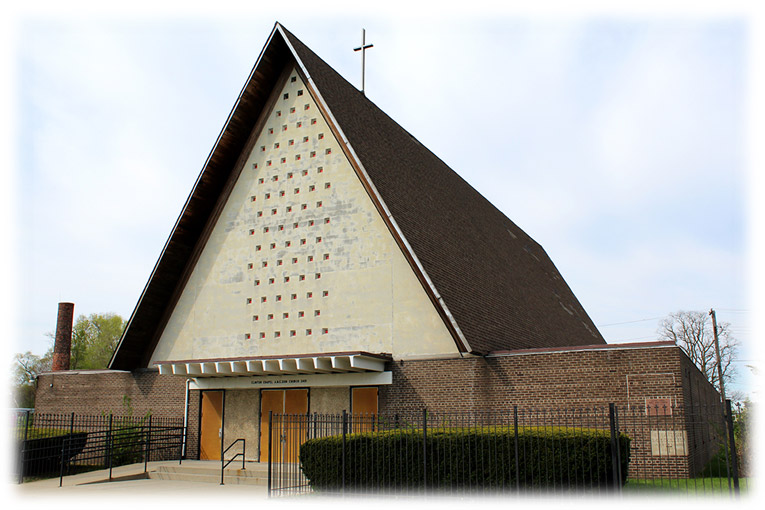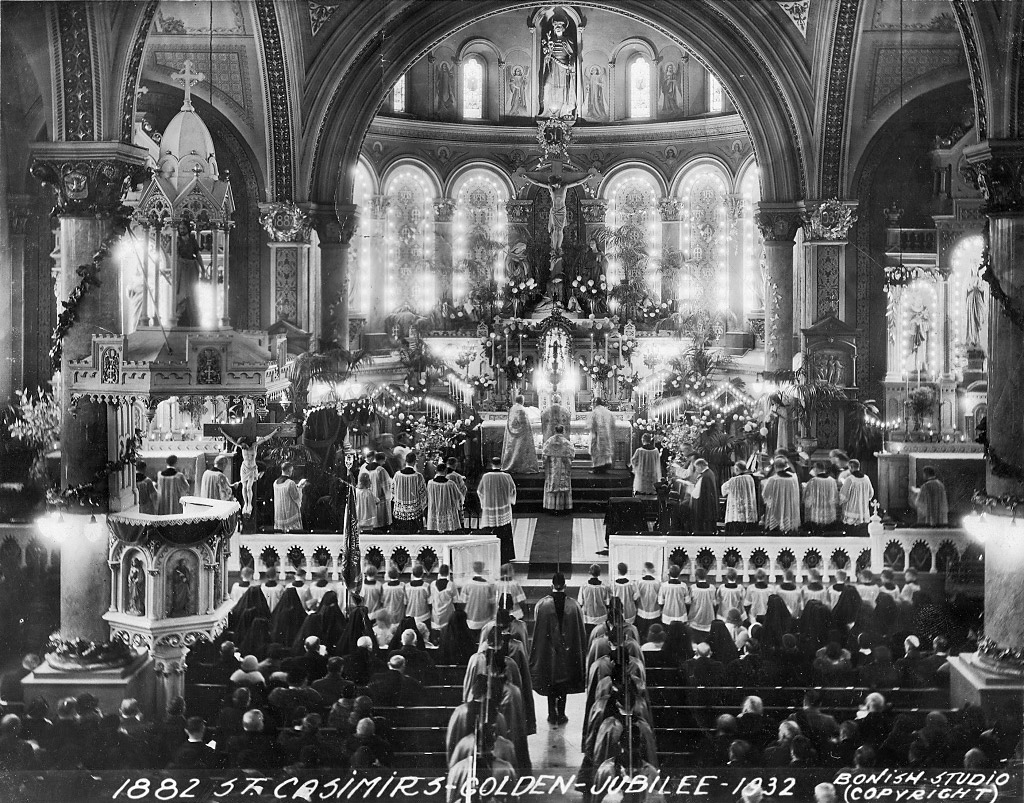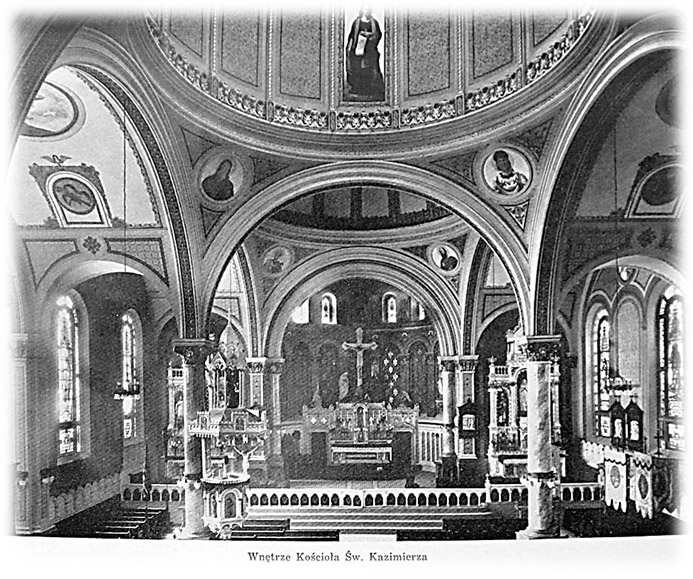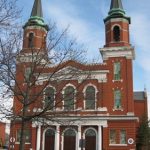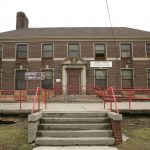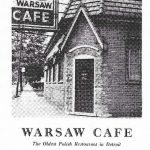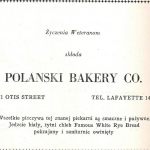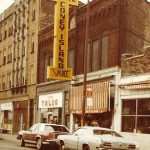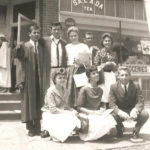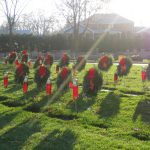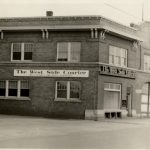A History Of Saint Casimir Roman Catholic Church
3401 23rd Street, Detroit, Michigan 48208
West Side Detroit’s First Polish Parish
Editor’s Note: The Society is extremely grateful to member Tom Wozniak (St. Casimir class of 1966) for providing this history. Except where noted, the information used for the article was taken from the St. Casimir Diamond Jubilee Booklet of 1957, with slight grammatical modifications. For much more information about St. Casimir Parish, please visit the website http://www.saintcasimir.com.
In the year 1882, 70 families decided to build their own church. It was a holy and beautiful thought. The biggest obstacle in building the parish was that there was no Polish priest to take charge. Confident in God, a committee was organized to collect the necessary funds. The following were on the first church Committee: Joseph Raniszewski, Frank Raniszewski, Joseph Deja, Alexander Knopp, Frank Donkel, John Groen, John Dalman, Andrew Morawski, John Knuth, John Malick, and John Dombecki.
In September of 1882, six lots were purchased at 23rd and Myrtle from Anthony Grosfield for $2,330.00.
In October of 1882, the committee received permission from Bishop Borgess to build a combination building (church and school). The Rev. Bishop then advised the committee to visit Rev. Paul Gutowski at St. Boniface Parish. Rev. Wermers, pastor of St. Boniface, greeted the delegation and, knowing the purpose of their visit, introduced them to Rev. Paul Gutowski. Until the new parish would be built, Rev. Wermers made arrangements for the Polish people to attend devotions and hear Mass every Sunday at 9 o’clock at St. Boniface Parish. Rev. Paul Gutowski took care of their spiritual needs until they moved into their new church.
Bishop Borgess officially appointed Rev. Paul Gutowski pastor of St. Casimir Parish on November 8, 1882, and in charge of all the Polish people west of Woodward Avenue.
In order to gather and unite all the Poles living on the south side of Detroit, Rev. Gutowski organized the first Church Society under the Patronage of the patron of the parish St. Casimir. Thirty-five members were enrolled. For the women, another society, the Rosary Society, was organized with 40 members.
Having the permission of the Bishop, they began to build the church and school. In April of 1883, the building was completed, with the church on the first floor, classes, and the Felician Sisters quarters on the second floor. The building was built at a cost of $13,000.00.
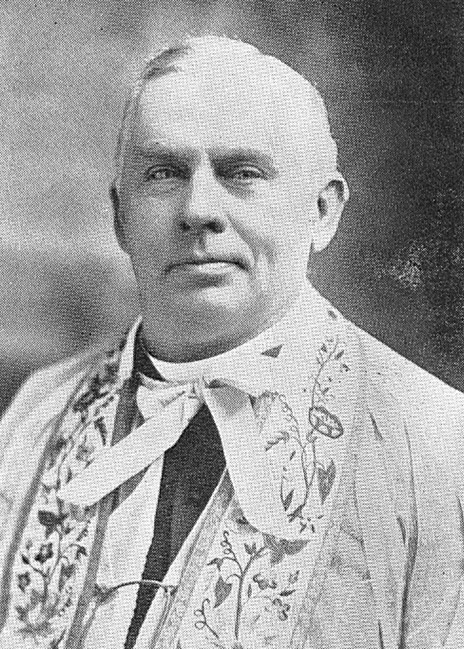
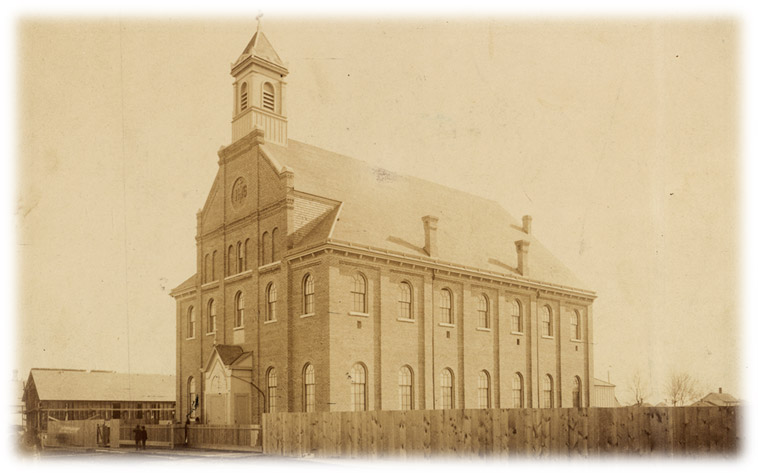
The first Mass was celebrated in the new church on April 25, 1883. On April 29, 1883, the new church was blessed by Rev. P. Hennaert, Vicar-General of the Diocese. The fast growth of the parish was shown the following year in this report:
- 85 pews in the church with pew rent $4 and $5
- 340 families
- 2 church societies, St. Casimir and Holy Rosary
- 152 Baptisms
- 30 Weddings
- 34 Funerals
- 182 children in school taught by 3 Felician Sisters
On April 18, 1884, Bishop Borgess nominated the first church committee: I. Miloch and Joseph Deja.
Shortage of classes necessitated the building of the Sisters Convent in 1885, whose quarters were, up to this time, in the school.
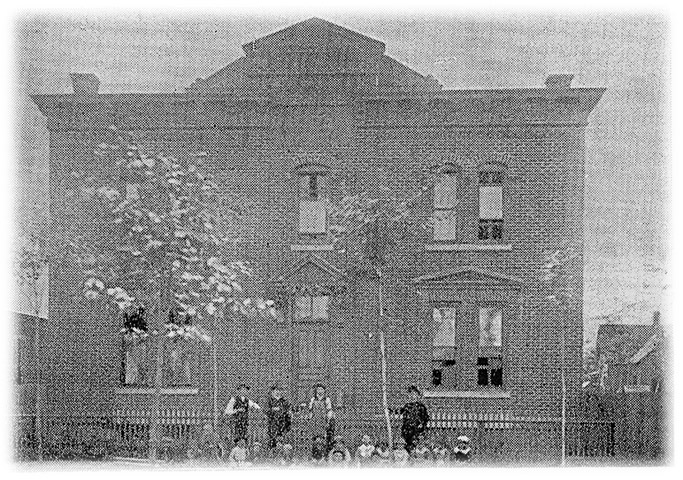
Two years later, in 1887, the rectory was built.
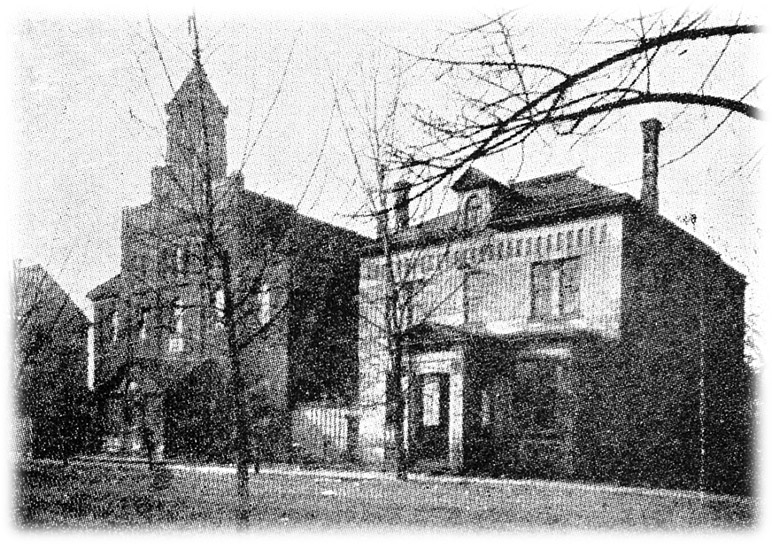
Soon the church and school were too small for the fast growing parish, and so in April of 1889, the new church foundation was laid, and the cornerstone was blessed on the 28th of July by Bishop Foley. The following year, on the Last Sunday of Advent, Bishop Foley blessed the new church.
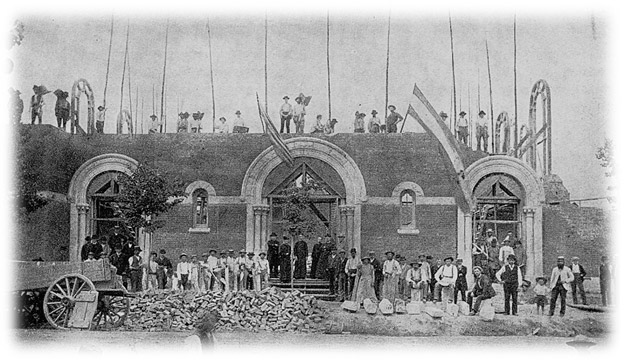
The architecture of the church is in the style of the Byzantian Romanesque of the 12th and 13th centuries—something not often seen in this country. It has a large central dome with corner towers. Its extreme length is 140 feet, width through transepts 90 feet, height of ceilings 40 feet, and the height to center dome inside 92 feet. Within a space of 140 by 90 feet there are but four supporting columns. These sustain the roof and the center dome, 36 feet in diameter and measuring 172 feet to the top of the cross outside—an architectural accomplishment which is said not to be surpassed anywhere in the United States. The height of the towers is 134 feet. The foundations and basement story are built of stone, the superstructure being of brick, with Berea stone trimmings. The roofs are of Pennsylvania slate, and the dome and towers are entirely covered with galvanized iron. The woodwork is of oak, black walnut, maple, ash, and yellow pine, finished in oil. The whole building will be lighted with incandescent electric lamps. The seating capacity is estimated at 1,650, including galleries.*
*From the Sunday News, December 21, 1890
Editor’s Note: The architect of St. Casimir was Henry Engelbert, who designed an exact duplicate of the church in Chicago, Illinois, by the name of St. Mary of Perpetual Help. The church is still standing today.
On April 30, 1893, the parish celebrated its tenth anniversary of its organization. On that memorable occasion, a souvenir booklet was issued, and a banquet followed. The program at that time consisted of a dinner with various speeches for the occasion, benediction of the Blessed Sacrament at 3 o’clock in the afternoon, and at 7 o’clock in the evening a good old-fashioned Polish dance. The committee for that gala festivity consisted of the following: President Alexander Wiciachowski, Secretary Andrew Plagens, Cashier Alexander Knopp, Joseph Kromka, John Dalman, Joseph Stynka, Walter Sobczynski, John Piotkowski, and Valentine Budnik.
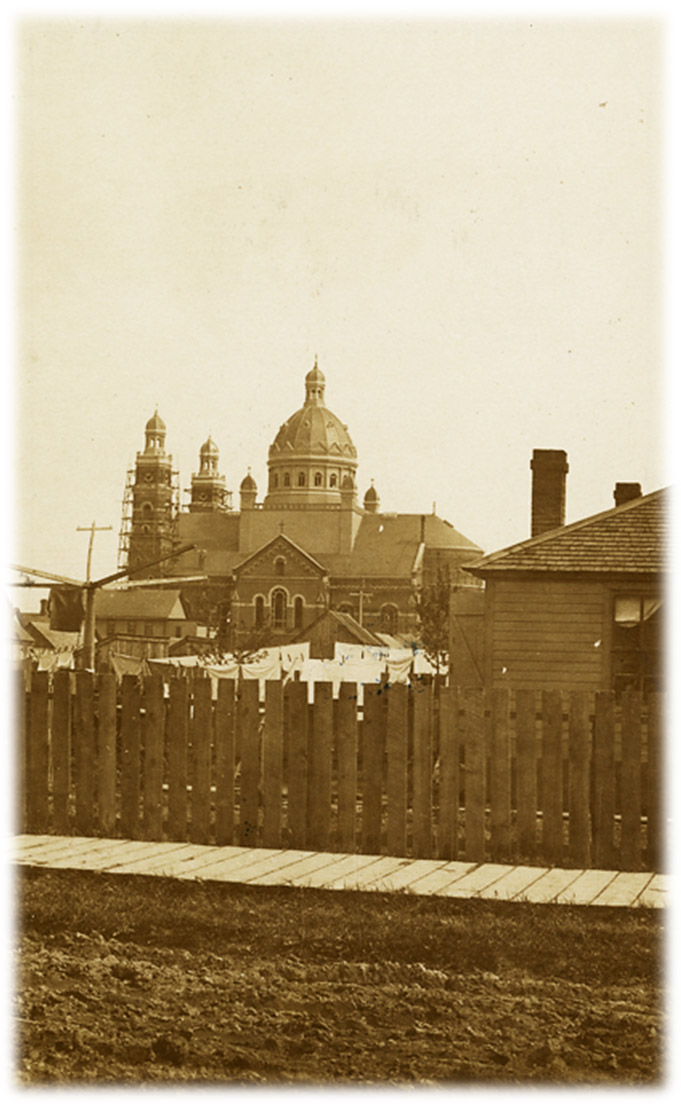
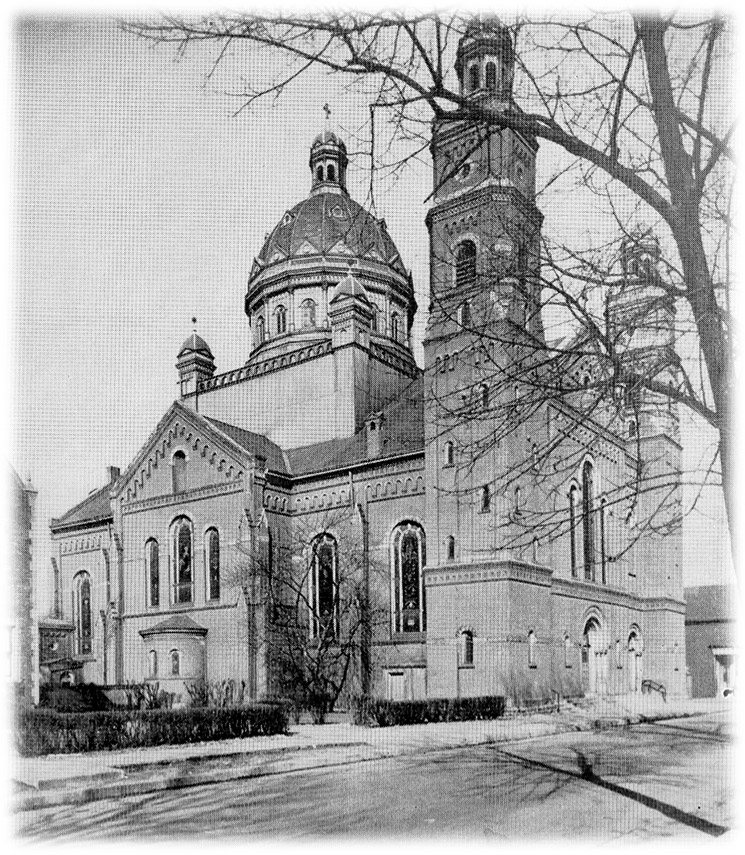
With the beginning of the year 1905, the third floor was added to the Sisters Convent.
In the year 1906, eight more classrooms were added along with a third floor addition to the elementary school. The dedication and blessing ceremonies took place on February 10, 1907.
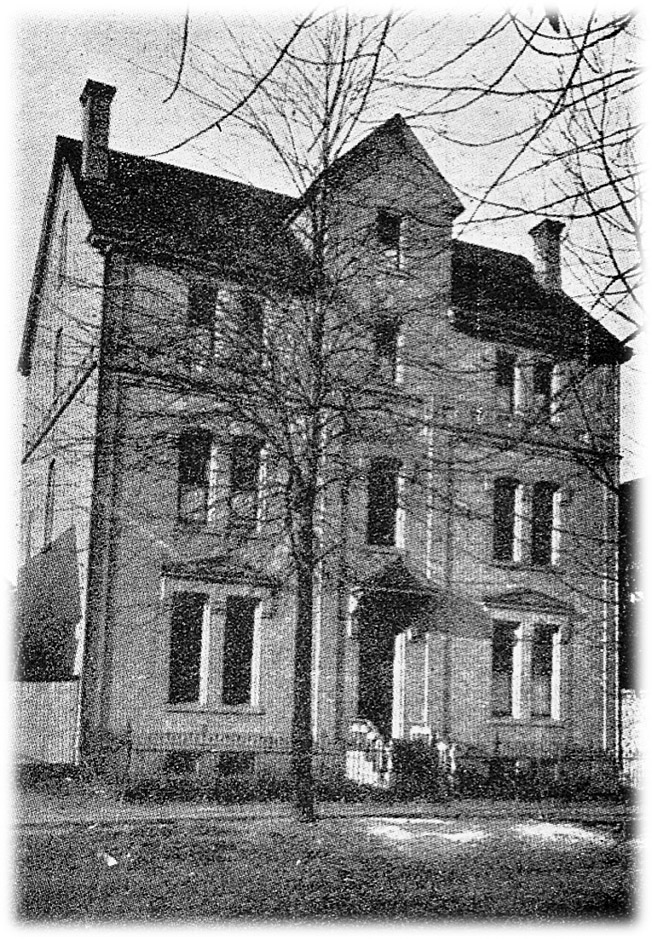
On November 1, 1907, the Rev. Paul Gutowski celebrated his Silver Anniversary of Holy Priesthood. In that same year, the parish celebrated the 25th anniversary of the founding of the parish.
With all the preparations for the Joyous season of Easter, the hearts of all the parishioners of St. Casimir were saddened, for on March 30, 1918, Holy Saturday, fortified with the last rites, the Rev. Pastor Paul Gutowski parted with this earth to meet His Eternal Priest, Jesus Christ. On Thursday, April 4, 1918, His Excellency Bishop Kelley, in the presence of many clergy and friends, celebrated a Solemn Requiem Mass and funeral service for the remains of the beloved pastor. His body was laid to rest in Mt. Elliott Cemetery.
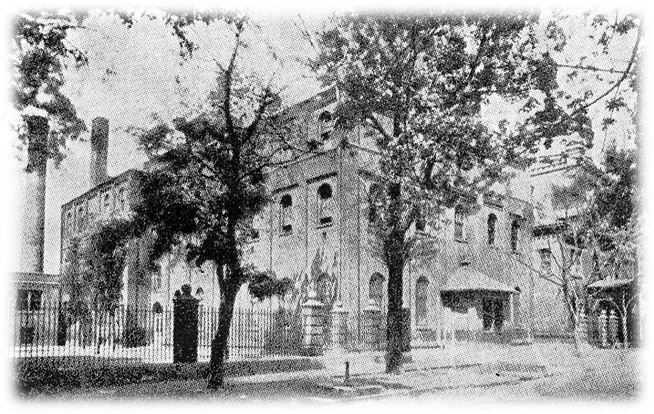
During his pastorage the following served as his assistants: Revs. John Lemke, Joseph Herr, Alexander Skrzycki, Michael Barnett, Leon Jarecki, Eugene Pattok, Bernard Zmijewski, Sylvester Kolkiewicz, Jan Zareczny, and Ralph Chrzaszcz.
After the death of Rev. Gutowski, His Excellency appointed Rev. Alexander Gruzinski pastor of St. Casimir. His duties began in April of 1918 and lasted until May of 1919, when he was made pastor of St. Francis d’Assisi Parish.
From May of 1919 to January of 1920, Rev. Francis Baweja was the acting Pastor. During his time, the Central Heating Plant was constructed to care for all the heating needs. The cost of this building and boiler was $22,000.00.
On January 17, 1920, the Rev. Bishop appointed Rev. Edward Maisel pastor of St. Casimir Parish. At that time, he was acting pastor of St. Joseph’s in Jackson, Michigan.
The home in which the sisters lived for the previous 38 years proved to be inadequate to accommodate the sisters and too far gone for further repairs. It was then decided to build a new Sisters Convent. Four lots were purchased on the west corner of Ash and 23rd Street in 1923 for $32,000.00. Work began in the spring of that year, and on August 20, 1924, the sisters occupied the new convent. The cost of the new building was $69,613.63.
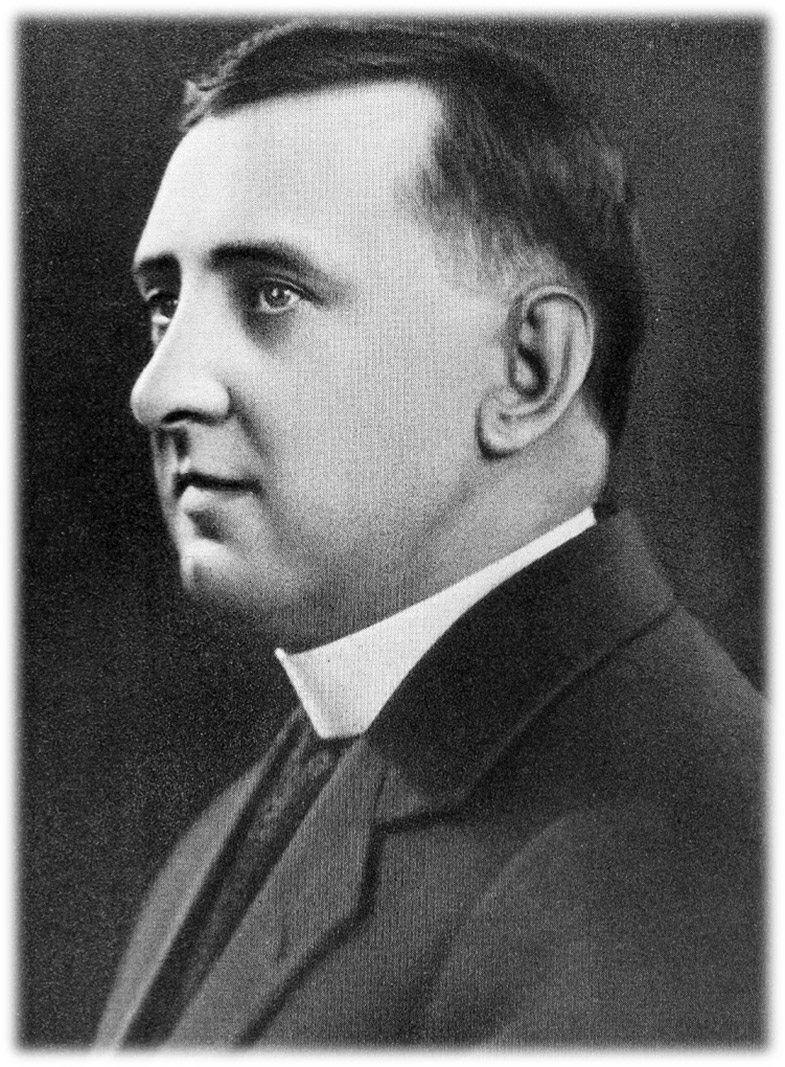
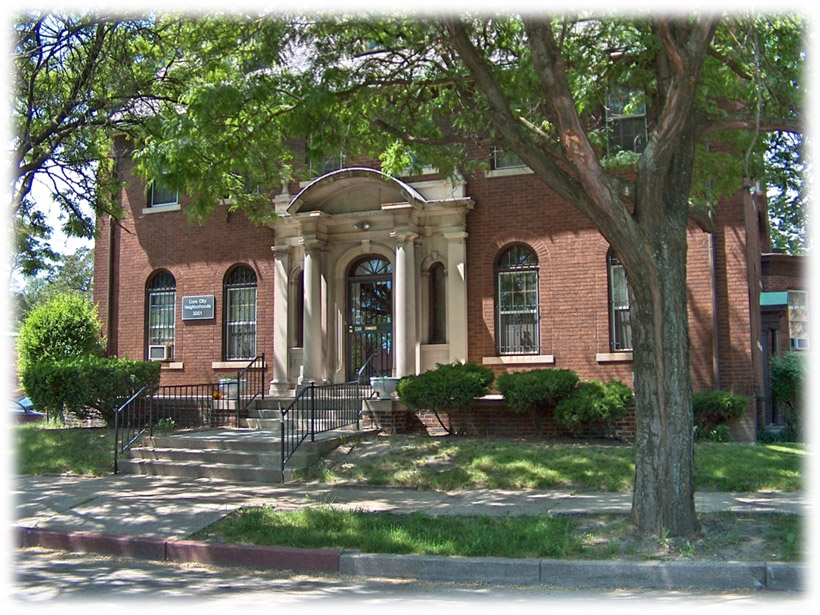
With the year 1927, it was necessary to build a new school because of its deterioration and condemnation by the City of Detroit. Once again, on the west side of 23rd Street, two lots were purchased for the sum of $19,500.00. May 1, 1927, Rev. Edward Maisel blessed the ground, and on May 30, 1927, Bishop J. Gallagher blessed the cornerstone. On October 7, 1928, once again His Excellency Bishop Gallagher visited St. Casimir and solemnly blessed the finished school. The cost of this structure was $197,467.88. The new building contained 30 classrooms, meeting rooms, a large auditorium, a spacious stage, a dining room, library, school office, a nurse’s room, and a bowling alley.
The St. Casimir Grade and High School is a three-story structure equipped with the necessities of conducting a school which is accredited with the State of Michigan. In the Grade School department, the child is molded according to Christian principles necessary for his way of life. It prepares the child for their first Confession and Holy Communion. The child attends the eight elementary grades which is not only a school for book learning but more important, an education in forming a good Catholic character whereby he or she will develop a good sound Christian education which is so important for the salvation of their souls.
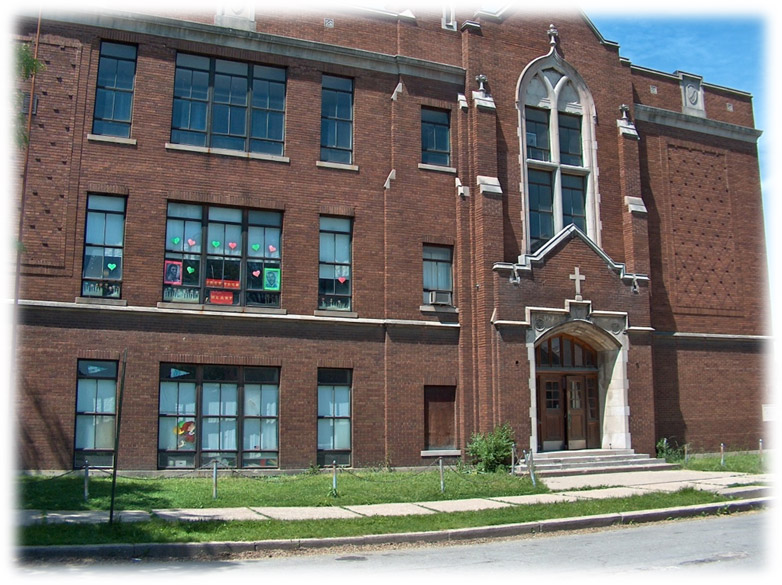
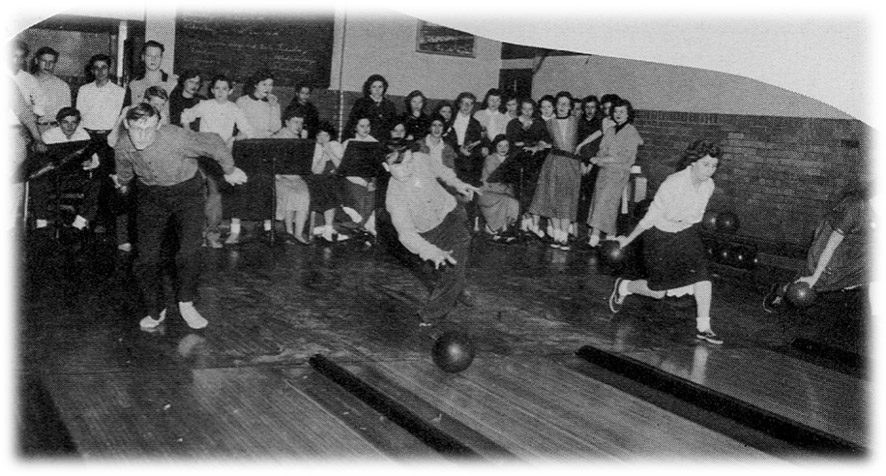
The first school principal of St. Casimir was Sister Mary Clara in the year 1885. The Grade School enrollment in the 1957 school term was 282 children. The faculty consisted of the following members:
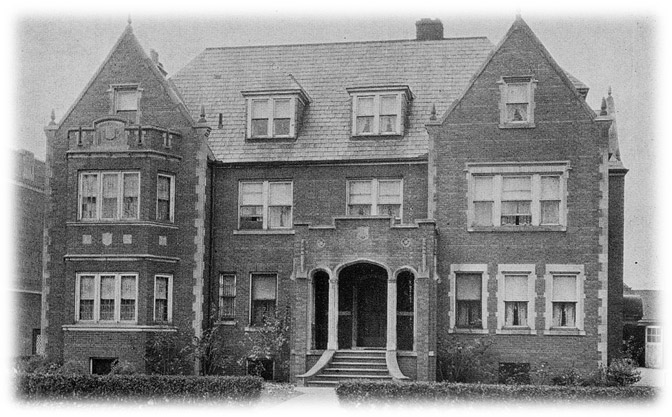
Sister Mary Amelberga Principal, Grade 8; Sister Mary Corinne, Grade 7; Sister Mary Bonaventa, Grade 6; Mr. Raymond A. Wozniak, Grade 5; Sister Mary Mariella, Grade 4; Sister Mary Leonia, Grade 3; Sister Mary Gracilia, Grade 2; and Sister Mary Beata, Grade 1.
The High School department had its beginning in 1927. That year, the enrollment was 12 students. Today, the High School enrollment is 193 students. It is staffed by the following: Sister Mary Amelberga Principal, Rev. Paul Sierocki Sociology, Sisters Mary Armella and Anita Seniors, Sister Mary Vianney Juniors, Sister Mary Expedita Sophomores, and Sister Mary Philip Freshmen. Last, but not least, is Sister Mary Geraldine.
The High School offers the students courses in the Academic and Commercial fields. It is also accredited with the University of Michigan. The St. Casimir High is equipped with a laboratory for teaching Chemistry and Physics, a Typing Room well supplied with the necessary equipment, and a library in which are found 1,600 volumes of books filled with knowledge for the further development of the minds of students.
At present the students come not only from the parish of St. Casimir, but from the various neighboring parishes on the west side of our fair city of Detroit.
After completion of the new school, the old rectory was torn down, and a new building began to rise in December of 1927 and was completed in August of 1928 at the cost of $52,742.66.
On March 4, 1952, the feast of St. Casimir, during the parish Mission, a fire destroyed all the vestments and vestment cabinets in the sacristy. The fire was caused by a young boy who started the blaze in the vestment cabinet. Fortunately, the doors leading to the church from the sacristy were closed; otherwise, the entire church would have been severely damaged or destroyed completely.
On April 17, 1955, the parish had one particular reason for rejoicing: The Rev. Pastor purchased a new pipe organ, a Wick’s organ, one of the very best in the line of producing clear melodic tones. The generosity of the parishioners made this purchase possible and was very gratifying. Some gave more, others less, but the majority made it possible that the new organ be installed and ready to be used in praising God. The blessing of the new organ took place on September 12, 1955, the feast of the Holy Name of Mary. The Rev. Pastor with his assistants, the Rev. S. Kaminski and the Rev. J. Perkowski, solemnly blessed the organ. The organist, Mr. Raymond Wozniak, played a few concert solos and finally, the Grade School choir, under his direction, sang songs to Mary the Mother of God. All those who contributed $250.00 towards this worthy cause have their names inscribed on a plaque which is fastened to the organ case.
The following priests served the St. Casimir Parish as assistants to the present pastor Rev. Edward Maisel: The Revs. Stephen Woznicki, now the Present Bishop of Saginaw, Michigan, Joseph Utas, Herman Ostrowski, Anthony Pietrzykowski, Frank Gorzelniaski, Michael Tabor, Peter Rypel, J. A. Figlewski, E. Bartol, S. Dzienis, C. Stolinski, Leo Dempz, Peter Wyrzykowski, E. J. Sobczak, E. F. Rucinski, V. J. Dominas, S.A. Rojewski, V. J. Szymanski, A. Nieckarz, T. Rzeznik, J. A. Gierut, J. Perkowski, Stanislaus Kaminski, Frank Szaniawski, and Rev. Paul Sierocki.
Editor’s Notes:
St. Casimir Roman Catholic Church, the first Polish parish on Detroit’s west side, closed permanently in 1989 after over 100 years of faithful service to the community. In 1985, there were 300 families in the parish, and there was an English Mass celebrated on Saturdays at 4 p.m. and on Sundays at 10 a.m. The percentage of families of Polish descent was 50 percent at that time. There were two festivals held, one in the spring and another in the fall. As of 1985, the parish had an elementary school with 190 registered students.
A new church building stands on the site where the former St. Casimir once stood. The former Byzantian Romanesque-style structure, in all its old world, other-worldly magnificence, was torn down many years ago for safety reasons. As of 2024, it is unknown if the current church building is occupied.
St. Casimir continues to have a very active alumni association. Information regarding the alumni association and much more about St. Casimir Church and School can be found at http://www.saintcasimir.com.
